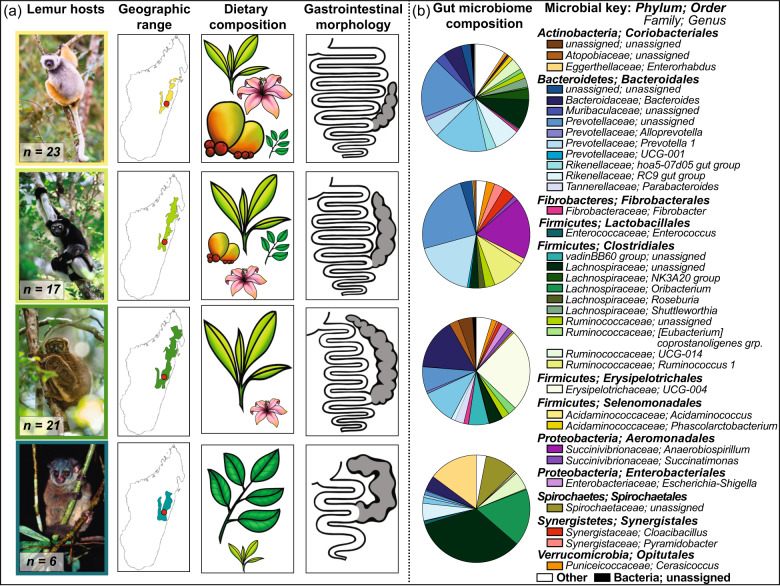Fig. 1. Features of the lemur hosts and their gut microbiomes.
Depicted in a are the following: color-coded photographs of the lemur species, including sifakas (yellow), indri (light green), woolly lemurs (dark green), and sportive lemurs (teal); their respective geographic ranges [81], shown using the same color code, with the red dot pinpointing the study site; illustrations of their dietary composition, with the relative size of fruits, flowers, young (light green) and mature (dark green) leaves corresponding to their relative dietary proportion; and key features of their gastrointestinal morphology, including the cecum (gray), based on previous publications [36, 37, 39]. Depicted in b are pie charts showing lemur gut microbiome composition (i.e., genera that account for ≥1% of sequences, on average, across individuals, in minimally one host species), and a microbial key for which color families refer to microbial phyla and distinct shades refer to unique microbial genera. “Unassigned” refers to microbial genera that could not be phylogenetically assigned via online databases. “Other” refers to the sum of all microbial genera that failed to reach the 1% cutoff. Photographs provided by Nick Garbutt (nickgarbutt.com); illustrations provided by Sally Bornbusch.

